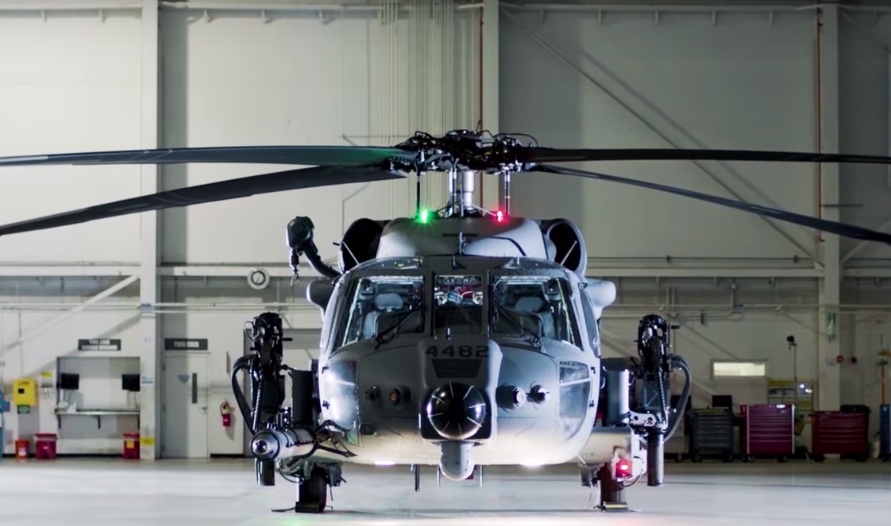
In an announcement on Wednesday, the U.S Air Force said that the final Jolly Green II combat rescue helicopter is finishing up its development faze and will begin operational testing in Nevada.
The HH-60W will go through an evaluation and operation phase with the 88th Tests and Evaluation Squadron at Nellis. This group focuses on combat search and rescue missions. The testing will begin by completing proficiency-building flights in order to understand the high-tech helicopter before deciding on what operations it will be used for in combat missions.
The 413th’s operations officer, Lt. Col. Andy Burns, said in the release that the helicopter’s departure from Duke Field, Florida “is a significant milestone” and “(he is) really excited to see the HH-60W program transition to the Combat Search and Rescue Combined Test Force for the next phase in its development.”
Lockheed Martin, who is parent company of the Sikorsky, the company responsible for the HH-60W said it has delivered 17 helicopters to the air force as of March 30th. Lockheed Martin Stated: “We are working closely with the Air Force to meet their CSAR (combat search and rescue) mission requirements to field the (Air Forces)’s only dedicated CSAR helicopter and provide the most capable platform to the warfighter.” Adding: “We look forward to continuing deliveries of this vital capability to our customer.”
During the war in Afghanistan the Air Force was unable to operate in contested air space. The hope is that the Jolly II fixes this issue. Todd Harrison, director of the Aerospace Security Project at the Center for Strategic and International Studies, said they are “good for picking up downed pilots in places like Iraq and Afghanistan, where we can operate somewhat with impunity in the air”. But Harrison noted: “those things aren’t the focus of the strategy anymore. The focus is on the high-end fight, and these helicopters don’t provide as much value in the high-end fight.”
However, as global controversy and aggression continues in Europe and other areas around the world the U.S government may feel political pressure to up its defense budget and invest further in the project.
